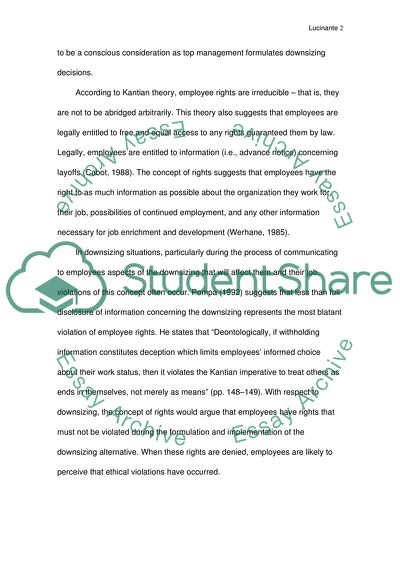Cite this document
(Reduction of People as a Violation of Contract Term Paper Example | Topics and Well Written Essays - 1250 words, n.d.)
Reduction of People as a Violation of Contract Term Paper Example | Topics and Well Written Essays - 1250 words. https://studentshare.org/psychology/1703887-downsizing
Reduction of People as a Violation of Contract Term Paper Example | Topics and Well Written Essays - 1250 words. https://studentshare.org/psychology/1703887-downsizing
(Reduction of People As a Violation of Contract Term Paper Example | Topics and Well Written Essays - 1250 Words)
Reduction of People As a Violation of Contract Term Paper Example | Topics and Well Written Essays - 1250 Words. https://studentshare.org/psychology/1703887-downsizing.
Reduction of People As a Violation of Contract Term Paper Example | Topics and Well Written Essays - 1250 Words. https://studentshare.org/psychology/1703887-downsizing.
“Reduction of People As a Violation of Contract Term Paper Example | Topics and Well Written Essays - 1250 Words”. https://studentshare.org/psychology/1703887-downsizing.


